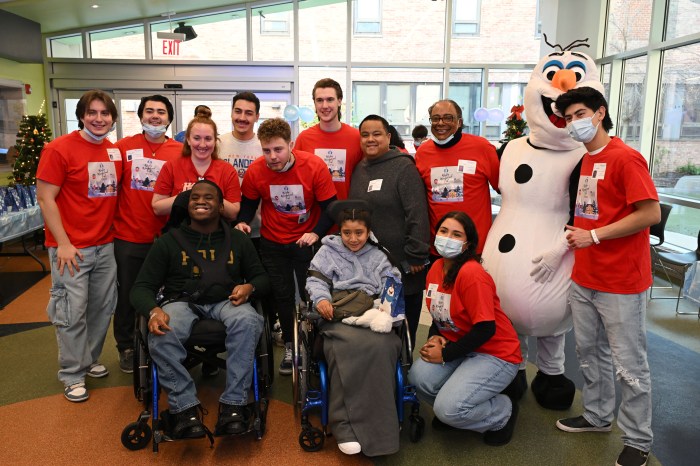By Mandingo Osceola Tshaka
About a month ago, I attended a ceremony to honor the Matinecock people. A small sign saying “Matinecock Way” was placed on the corner of Northern Boulevard and Marathon Parkway in Little Neck, commemorating the area where a Matinecock cemetery once existed. I have felt unsettled about this event ever since.
Being of Matinecock ancestry myself, I feel that the honorary street renaming by the city was inadequate at best. The sign is hardly visible and is placed in front of the local McDonald’s restaurant. To me, that is very inappropriate and really disrespectful. Why weren’t larger hanging signs installed at more appropriate places along Marathon Parkway? In fact, there should be consideration of naming the entire Marathon Parkway for the Matinecock people, who populated the area for years, and some of whom still do today.
Consider the history of my Matinecock ancestors and other indigenous tribesmen and women in this country. Our land was stolen from us, we were persecuted and we died of diseases brought to our shores by the Europeans. Many were placed on reservations, isolated from others, not educated properly, lived in conditions of extreme poverty and were ridiculed and disrespected.
Consider the cemetery site where this ceremony took place. During the 1930s, the city of New York widened Northern Boulevard and disturbed the graves of the Matinecock buried near the corner where the boulevard intersects with Marathon Parkway. The remains were transferred to the Zion Cemetery in Douglaston, where a marker declares the dead as the Last of the Matinecocks. Actually, many people are alive today who are descendants of the Matinecocks, so we are hardly extinct. And I question whether all of the remains were moved properly or are there still remains buried beneath McDonald’s and other businesses in the area?
All over this city, burial grounds of minority people, including the indigenous and the African Americans, have been disturbed and desecrated during construction. As just one example, look at the Olde Towne of Flushing Burial Ground where approximately 1,000 souls rest. During the 1930s, that site was excavated to install a playground and wading pool. Bones were dug up and thrown away. Headstones were destroyed. And who was buried there? African Americans and indigenous people.
What should be done? First, I would think that a scoping of the area near Northern and Marathon would be in order. Any remains found must be properly and appropriately interred in a most respectful manner. The site must be properly marked, not with a small sign that can hardly be read, but by proper historical markers and signs. As mentioned above, a formal street renaming should be considered. And lastly, the history of the Indigenous people of America must be taught truthfully in our schools. To do less would be a travesty and a continuation of racial prejudice unchecked.
If the city of New York can prominently honor the memory of Francis Lewis, Horace Harding, Corporal Kennedy and others by naming streets after them, the Matinecock are certainly entitled to be honored in a similar fashion—on land that was, after all, once ours.
Mandingo Osceola Tshaka
Bayside


































